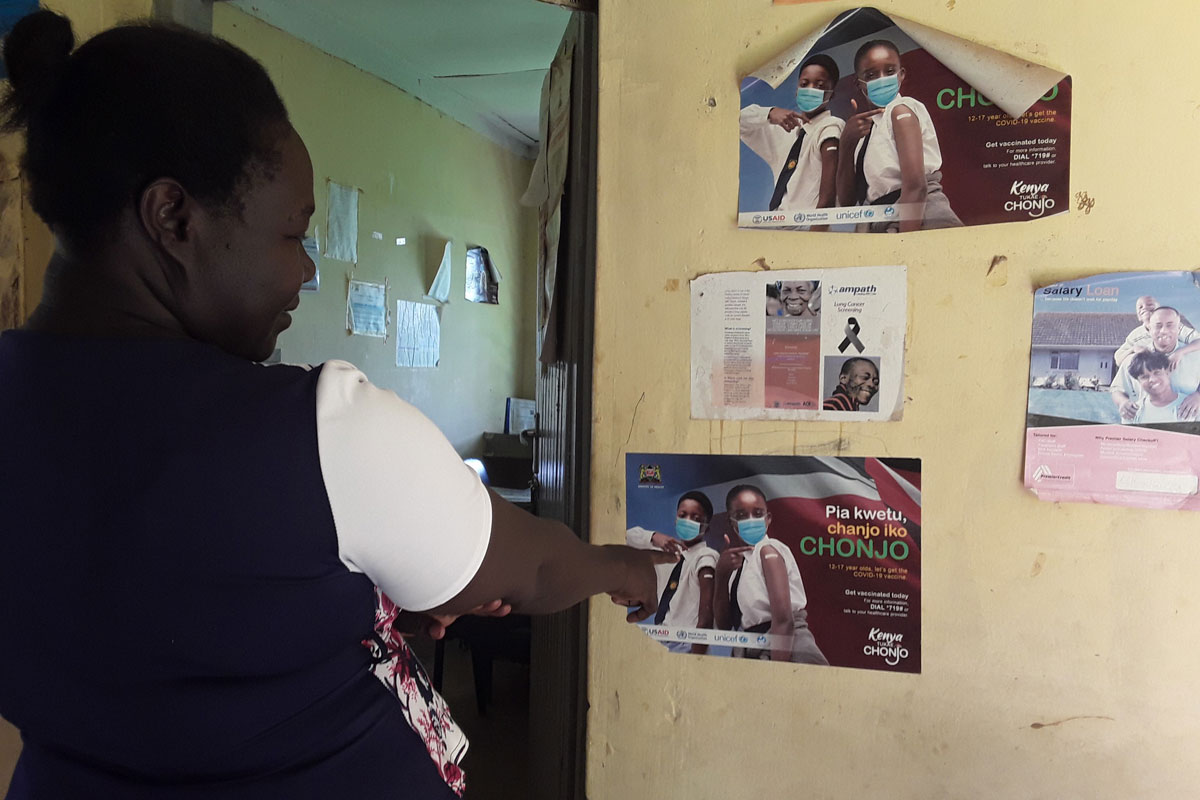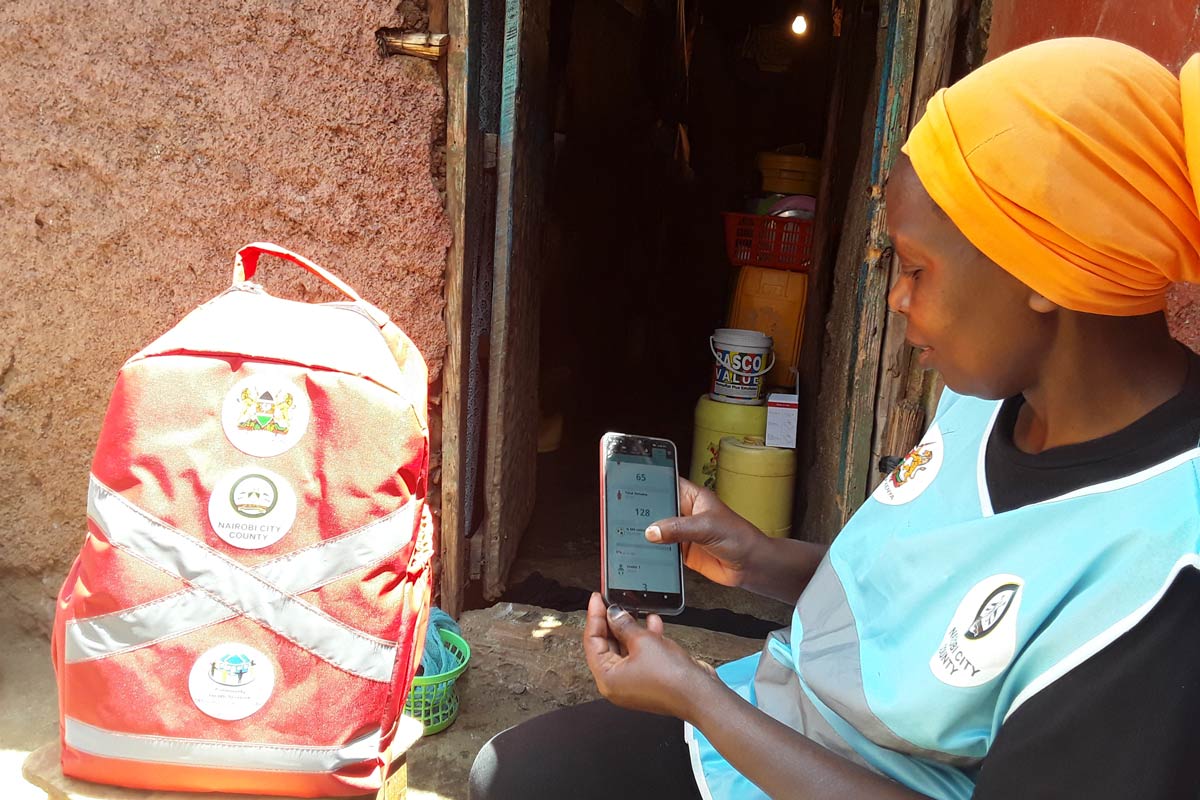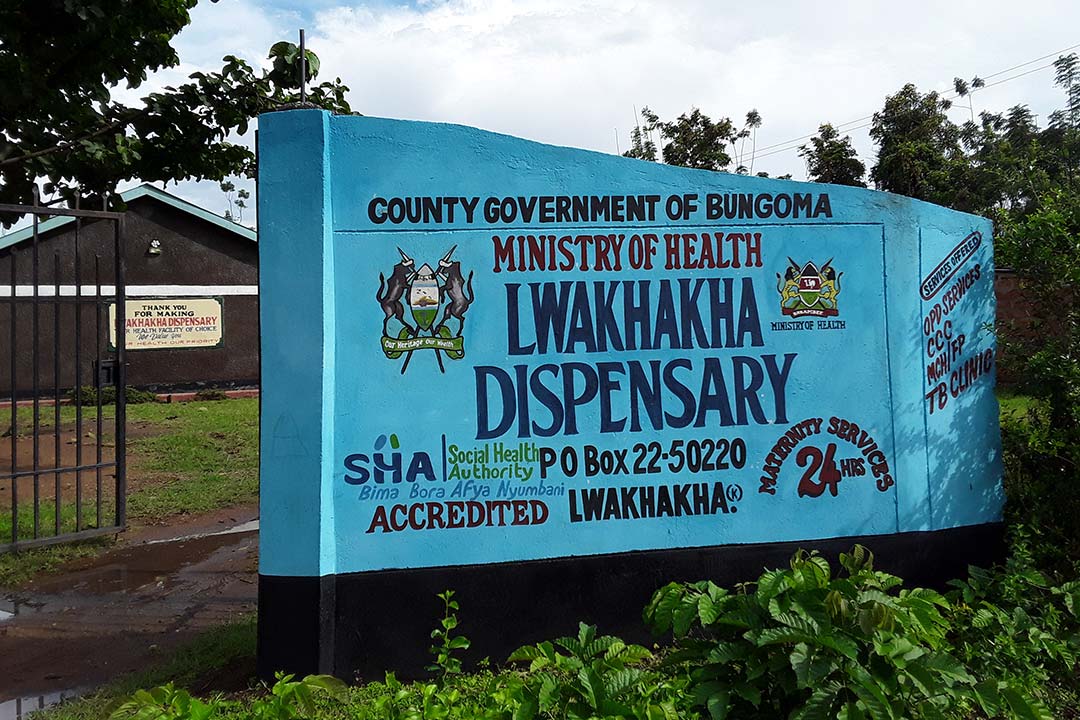Averting a cholera disaster in Nairobi’s informal settlements
Kenya’s ongoing cholera outbreak is a mortal risk to the clustered populations of Nairobi’s informal settlements. But recent improvements to sanitation in Kibera, the largest of them, offer hope.
- 13 April 2023
- 5 min read
- by Joyce Chimbi
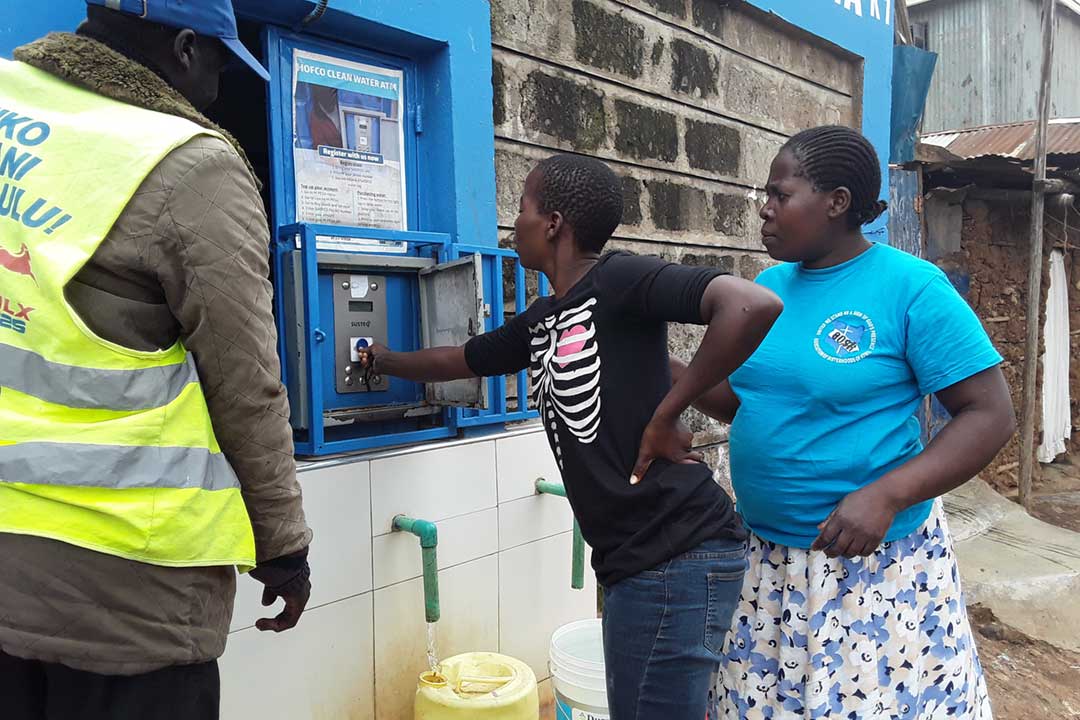
The beginning of Kenya's ongoing cholera outbreak was detected during a wedding festival in October 2022. Cholera can move fast. Within a month, 155 cholera cases were recorded in Nairobi County alone, the second-highest figure for any county across the country.
Health and education authorities are on high alert in at least 17 of 47 counties. A number of schools have closed temporarily due to fears of spread.
Particular concerns surround Nairobi's informal settlements, which, with clustered, generally poor populations and a lack of sanitation services and reliable sewage management, face an elevated risk of various contagious diseases. Cholera, which spreads in contaminated water, is a repeat visitor.
“People in these areas know that cholera kills and because of congestion and poor sanitation, they also know they are at great risk. Our vaccination teams faced no challenges throughout because people welcomed the vaccine.”
– Josephat Kinuthia, Nairobi City County
"My son was admitted in hospital in 2015 and my daughter in 2019 because of cholera. They nearly died," says Sophie Onyango, a resident of Katwekera village in Kibera, Nairobi.
Situated just 7km outside Nairobi's central business district, Kibera is a vibrant and densely populated home to an estimated 60% of Nairobi's entire population. A 2022 study found that 77.4% of people living in Kibera had limited water, sanitation and hygiene accessibility.
The worst drought of the last 40 years, following four successive failed rainy seasons, makes cholera an even more pressing threat as residents face severe water shortages.
By the end of March 2023, the Ministry of Health confirmed at least 7,800 cases and 122 deaths across the country, and 1,196 of those patients were from Nairobi county.
To control the cholera outbreak, in February 2023 the Ministry of Health prioritised and targeted four hard-hit counties, including Nairobi, with an oral cholera vaccine (OCV) drive. The vaccination campaign, using vaccines drawn from the Gavi-funded global stockpile, lasted ten days and targeted 2.2 million people.
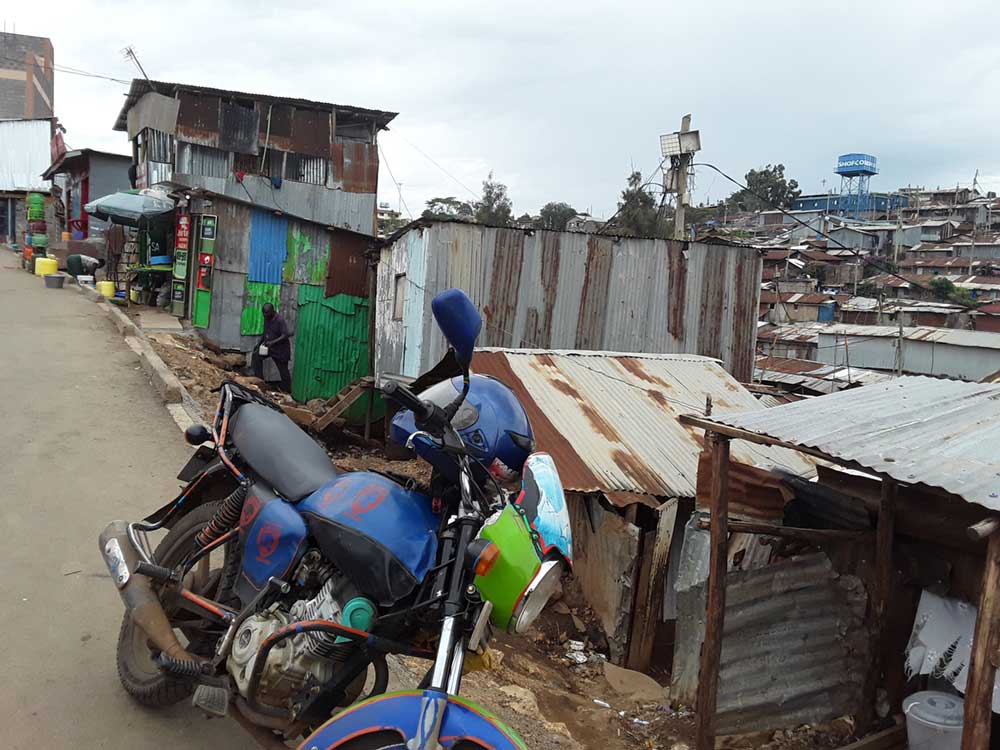
Credit: Joyce Chimbi
"The number of people vaccinated on any given day in Nairobi often exceeded the target in low-income settlements such as Mathare and Kibera. Up to 500 people were vaccinated on any given day against a daily target of 300 people," says Josephat Kinuthia, from Nairobi City County department of health.
"People in these areas know that cholera kills and because of congestion and poor sanitation, they also know they are at great risk. Our vaccination teams faced no challenges throughout because people welcomed the vaccine."
The Division of Disease Surveillance and Response in Kenya's Ministry of Health says that ultimately, 99.2% of the target population was reached.
But Kibera remains a systemic concern for city health authorities. The entire settlement is divided into 13 villages, and, in many cases, the living conditions are dire. The average size of a shack in Kibera is 12ft x 12ft, and many such homes house eight or more people. That residential density puts great pressure on infrastructure, including sewage lines.
However, in a development that has significantly contributed to averting a cholera disaster, authorities say that Kibera is no longer associated with so-called "flying toilets".
Have you read?
Onyango, the Katwekera resident, explains the phenomenon – a desperate substitute for decent sanitation. Since few shacks have toilets inside, she says, for many years, multiple households had access "to only one pit latrine located far from many of its users. Afraid to go outside at night, people would poo in a plastic bag, tie it and at dawn, we would simply stand at the door and throw the plastic bag away."
The health risks associated with unmanaged human waste are massive. When the causative bacterium of cholera, Vibrio cholerae, passes from human faeces to the water supply, it can cause explosive outbreaks.
"When it rained in March, April and October through December, it was extremely unpleasant because the flying toilets would be swept back to people's doorsteps," recalls Prudence Atieno, a Community Health Volunteer and a resident of Kisumu Ndogo village in Kibera.
“Most villages are cleaner because we have water and toilets. This year I have not heard of any cholera cases in Makina.”
– Peter Njenga, Makina village, Kibera
Facing simmering catastrophe, the government has progressively intensified efforts to abolish flying toilets by building 20 ablution blocks in Kibera. There are many more to come as part of an ongoing multimillion-dollar water and sanitation project in the settlement.
Since water and sanitation coverage in Kibera is still low at 20%, other non-government organisations are complementing government efforts.
"For instance, Shining Hope for Communities (SHOFCO), has already built 25 water ATM machines strategically spread across all 13 villages in Kibra and is currently building more," Atieno explains.
She says each water ATM serves at least 100 households per day, providing clean, safe and cheap water for all household purposes.
Where water vendors charge as high as 50 Kenyan shillings ($0.37) for a 20-litre (five-gallon) jerry can, a crippling amount for the poor and vulnerable residents, users of SHOFCO water ATMs pay just two Kenyan shillings ($0.015).
"All you need is to register your household with SHOFCO and you are given a water card which you then use to buy as much water as you want at any given time. The water ATMs are very close to our houses," says Peter Njenga, a resident of Makina village, Kibera.
"Most villages are cleaner because we have water and toilets. This year I have not heard of any cholera cases in Makina."
Against these sustained efforts, Atieno says Kenya is on track to bring cholera under control: using the vaccine alongside other basic health interventions such as clean drinking water, access to proper sanitation facilities offers a proven path to safety from the life-threatening bug.
